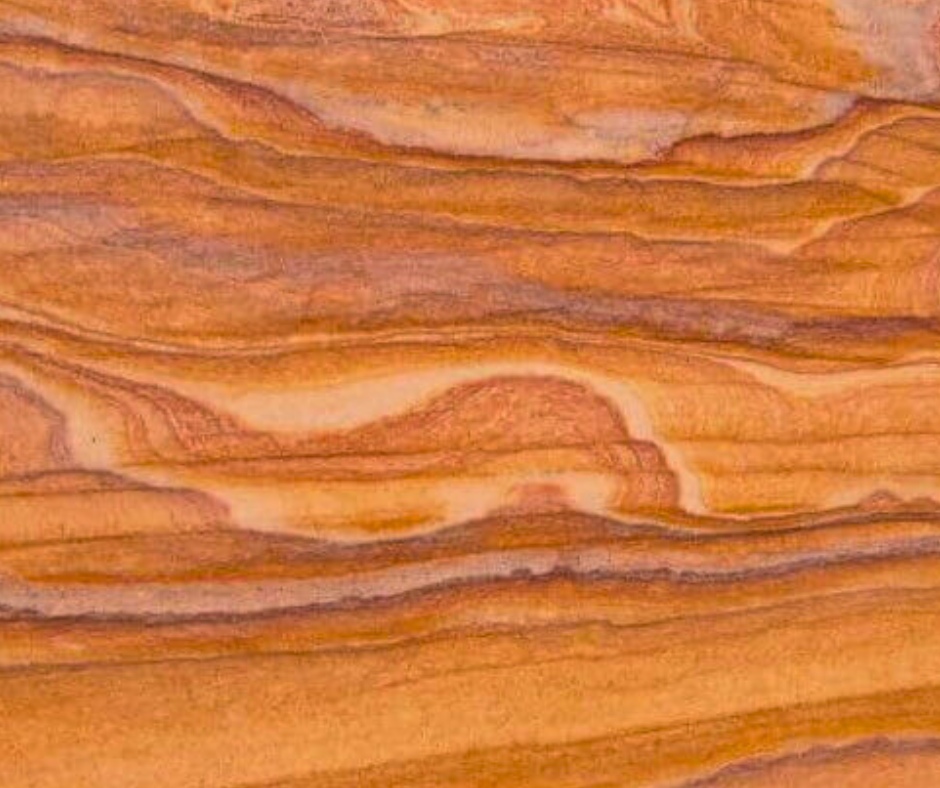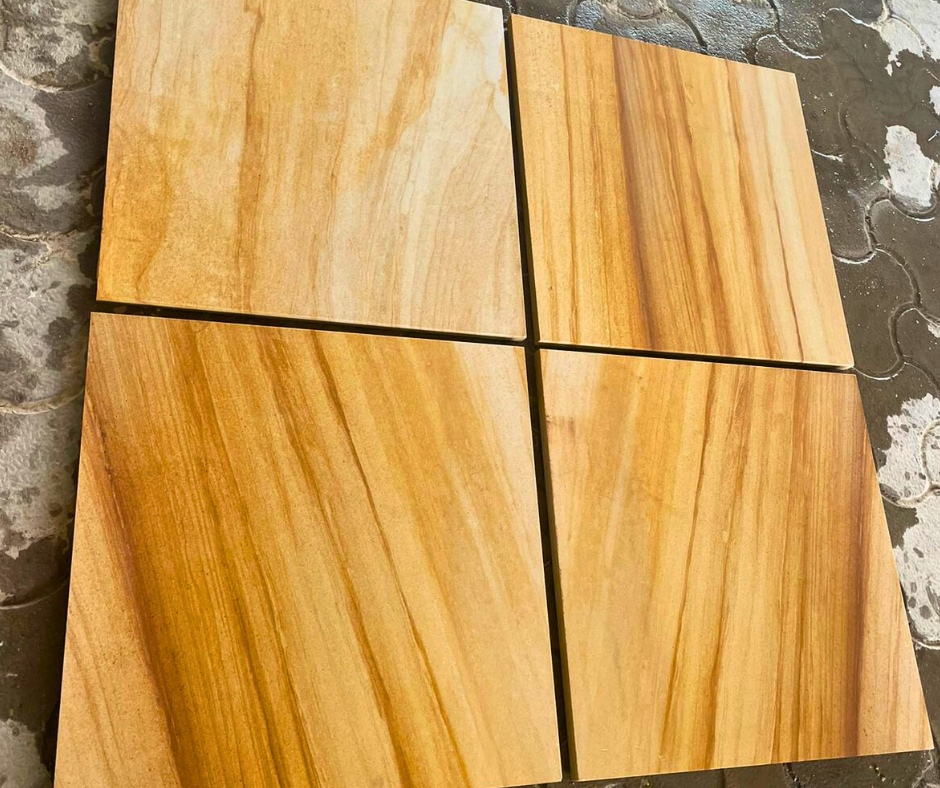Sandstone vs. Quartzite: Key Differences and Comparisons
Sandstone vs Quartzite When it comes to natural stone materials, sandstone and quartzite are two popular options often chosen for both interior and exterior applications. Both stones are stunning, durable, and versatile, but they have distinct characteristics that make them suitable for different purposes. Understanding the differences between Sandstone vs Quartzite can help you select the best material for your specific needs. This blog explores the key distinctions and similarities between these two types of stone. Choosing the right stone requires understanding their individual traits, strengths, and limitations. In this blog, we'll delve into the differences and similarities between sandstone and quartzite, helping you make an informed decision for your next design or construction project.
Formation and Composition
Sandstone: Sandstone is a sedimentary rock formed over millions of years through the compression of sand-sized mineral particles and organic materials. Its primary component is quartz, but it can also contain feldspar, mica, and other minerals. The composition of sandstone can vary depending on its source, which leads to its wide range of colors and textures. Sandstone is relatively soft and porous compared to other natural stones, which gives it its unique charm but also affects its durability. However, sandstone's softer and more porous nature compared to other natural stones impacts its durability, making it more prone to weathering and wear over time. Despite these characteristics, its distinct beauty and versatility make it a popular choice for both interior and exterior applications.

Quartzite: Quartzite, on the other hand, is a metamorphic rock formed when sandstone is subjected to intense heat and pressure deep within the Earth's crust. This process recrystallizes the minerals in the sandstone, transforming it into a much harder and denser material. Quartzite is composed almost entirely of quartz, which gives it exceptional strength and durability. Its formation process also imparts a more crystalline and lustrous appearance, often resembling marble in its polished form.

Appearance and Aesthetic Appeal
Sandstone: Sandstone is known for its warm, earthy tones and natural textures. It often has a grainy, layered appearance, which adds a rustic and organic charm to any space. The color palette of sandstone includes shades of beige, brown, red, yellow, and even pink, depending on its mineral content. Its softer, matte finish makes it a popular choice for creating a natural, relaxed ambiance in outdoor settings, such as patios, garden paths, and retaining walls.
Quartzite: Quartzite is celebrated for its sophisticated, crystalline appearance. It often has a smooth, polished finish, but it can also be honed or textured to suit various design preferences. Quartzite is typically available in shades of white, gray, and beige, though it may also feature subtle hues of green, pink, or blue due to mineral impurities. The intricate veining patterns in quartzite often resemble those found in marble, making it an elegant choice for countertops, flooring, and feature walls.
Durability and Strength
Sandstone: While sandstone is relatively durable, it is softer and more porous than quartzite. This makes it susceptible to weathering, staining, and erosion over time, especially in areas with harsh climatic conditions. However, with proper sealing and maintenance, sandstone can last for decades. Its natural slip resistance also makes it a safe choice for outdoor applications. Sandstone's warm, earthy tones also make it a favorite for creating inviting and natural-looking environments.
Quartzite: Quartzite is one of the hardest natural stones available, even harder than granite. It is highly resistant to scratches, stains, and heat, making it an excellent option for high-traffic areas and surfaces exposed to heavy wear and tear. Its non-porous nature also makes it less prone to water absorption and damage from freeze-thaw cycles, making it suitable for both indoor and outdoor applications. Quartzite combines functionality with striking natural patterns and a variety of colors, bringing elegance and sophistication to any design.
Maintenance and Care
Sandstone: Sandstone requires more maintenance compared to quartzite. Due to its porous nature, it needs to be sealed regularly to prevent water absorption and staining. Cleaning sandstone involves using gentle, pH-neutral cleaners to avoid damaging its surface. For outdoor applications, additional care is needed to protect sandstone from moss and algae growth.
Quartzite: Quartzite is low-maintenance and easy to care for. It requires minimal sealing due to its low porosity, and regular cleaning with mild soap and water is usually sufficient to keep it looking pristine. Its resistance to staining and etching makes it a popular choice for countertops and other surfaces that are prone to spills and heavy use.
Cost Considerations
Sandstone: Sandstone is generally more affordable than quartzite, making it a cost-effective option for large-scale projects. The price of sandstone varies based on its quality, color, and origin, but it is typically a budget-friendly choice for homeowners and builders looking for natural stone materials.
Quartzite: Quartzite tends to be more expensive than sandstone due to its durability, aesthetic appeal, and the complex process of quarrying and finishing the stone. However, its longevity and low maintenance costs make it a worthwhile investment for those seeking a long-lasting, premium material.
Applications
Sandstone: Sandstone is a versatile material often used for:
- Outdoor paving and landscaping
- Facades and cladding
- Retaining walls
- Pool surrounds
- Indoor flooring in low-traffic areas
Quartzite: Quartzite's strength and elegance make it ideal for:
- Kitchen countertops
- Bathroom vanities
- Indoor and outdoor flooring
- Feature walls
- Fireplaces
Which One Should You Choose?
The choice between sandstone and quartzite depends on your specific needs, preferences, and budget:
- Choose sandstone if you prefer a rustic, natural look and are willing to invest in regular maintenance. Sandstone is perfect for outdoor projects and spaces where a warm, earthy aesthetic is desired.
- Choose quartzite if you prioritize durability, low maintenance, and a more refined, polished appearance. Quartzite is ideal for high-traffic areas and surfaces that require strength and resistance to wear and tear.
Conclusion
Sandstone vs Quartzite are both exceptional natural stones with unique qualities that make them suitable for different applications. While sandstone offers a rustic charm and affordability, quartzite delivers unmatched durability and elegance. By considering factors such as appearance, durability, maintenance, and cost, you can choose the perfect stone to enhance the beauty and functionality of your space.
At Fortuna Marmo Granite, we offer a wide range of premium Sandstone vs Quartzite options to meet your design and durability needs. Our expert team is here to guide you in selecting the ideal material for your project. Contact us today to explore our collection and transform your vision into reality.



